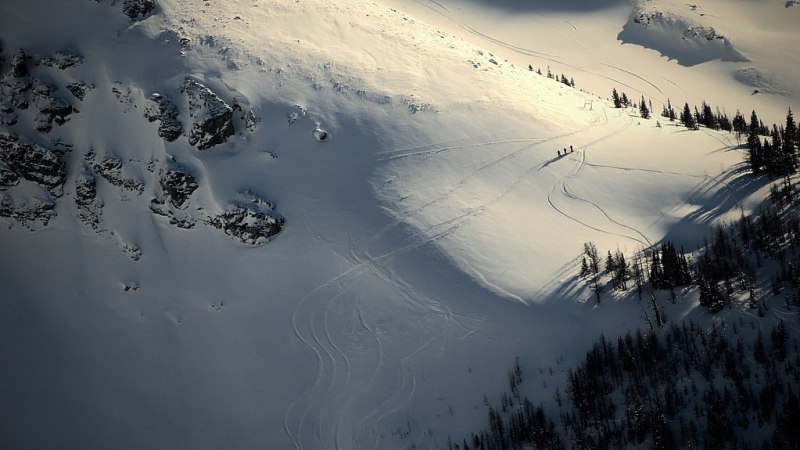
For most skiers, mega-ski resorts are the stuff of dreams. Winter wonderlands with infinite alpine acreage, where snowfall is a sure thing, and skiers have limitless opportunities to carve fresh tracks in pristine powder. Beyond their sheer size, these big ski resorts are also nestled into some of the most spectacular mountain chains on Earth. We’re talking about the Alps, the Dolomites, and the Rockies, just to name a few. Of course, these bucket-list-worthy getaways have plenty of après ski amenities, too, meaning serious pampering is also part of the post-ski experience.
However, nailing down which of these huge ski resorts is best for you can be tricky. They’re all marketing something different: Resorts in the U.S. and Canada — including many of the best all-inclusive ski resorts — focus on overall acreage, while European ski spots are typically more concerned with a tally of run-length. Whatever you’re into, here’s a definitive roundup of the biggest alpine playgrounds on the planet.
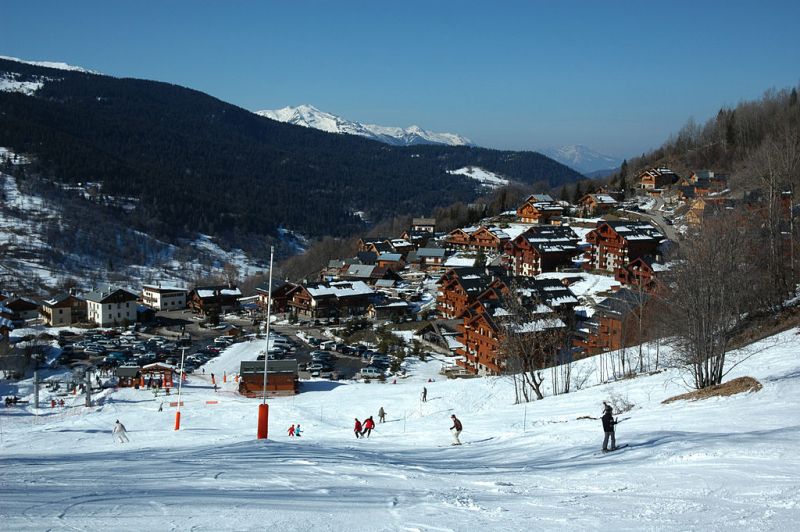
Les 3 Vallées, France
The French Alps are home to some of the planet’s most expansive (and expensive) ski areas, but Les 3 Vallées still takes the cake. Situated in the northern French Alps, east of Lyon, Les 3 Vallées is a collection of three atmospheric resorts – Courchevel-Moriond, Méribel, and Val Thorens, each with a distinctive flavor. In total, the massive ski resort serves up more than 370 miles of runs, ranging in altitude from 3,600 feet to more than 10,000 feet, topping out at Val Thorens, the highest resort on the continent, situated at 7,545 feet.
For thrill-seekers, there’s an abundance of off-piste terrain etched with nerve-rattling couloirs, while still offering ample acreage for less-experienced skiers. Half of the area’s runs are graded as beginner or intermediate. And, with the majority of the region’s trails (about 85%) situated above 5,905 feet, the combination of altitude and reliable snowmaking means runs are skiable five months a year, from December until April. Of course, part of the region’s charm is also the après ski lifestyle on hand, including 11 critically acclaimed restaurants with a combined total of 19 Michelin stars.

Sella Ronda, Italy
Nestled into the Dolomites in northern Italy, a UNESCO World Heritage Site since 2009, Sella Ronda revolves around a skiable roundabout ringing the tabular Sella massif. Part of the massive Dolomiti Superski region, a mammoth area scattered with 16 different resorts, the circuit is splintered with offshoots providing access to four valleys — Val Gardena, Alta Badia, Arabba, and Val di Fassa — dotted with villages offering amenities for touring skiers. The circuit has both Orange Sella Ronda traveling clockwise and a Green Sella Ronda going counter-clockwise, dishing up more than 300 miles of interlinked slopes. For adrenaline junkies, though, the undisputed highlight is the Gran Risa slope. The ski area’s steepest offering, the Gran Risa, plays host to Alpine Ski World Cup races, and thrills with a total drop of 1,469 feet.

Paradiski, France
Spread above the Tarentaise Valley in the French Alps, the Paradiski area is a collection of three ski resorts – Les Arcs, Peisey Vallendry, and La Plagne – linked by the Vanoise Express, a panoramic double-decker cable car. Combined, the trio offers more than 260 miles of slopes to explore, including 115 expert runs. For early birds, La Plagne and Les Arcs also offer First Tracks programs, providing skiers the chance to accompany ski patrollers at dawn and savor pistes with untouched powder, with the sunrise as a backdrop. For thrill-chasers craving serious altitude, there’s the 10,580-foot Aguille Rouge. Crowning Les Arcs, the cable car-accessible peak treats skiers to an eyeful of the Mont Blanc massif, and a continuous 4.5-mile descent to the village of Villaroger.

Les 4 Vallées, Switzerland
Anchored by stylish Verbier, Les 4 Vallées is the largest interconnected ski area in Switzerland. Spread over six different resorts above the spectacular Rhone Valley, the alpine wonderland is etched with more than 250 miles of runs, capped by the Mont Fort glacier, perched at 10,925 feet. Thanks to a combination of elevation and targeted snow-making operations, the area’s ski season is a long one, extending from November all the way through the end of April. The altitude also treats skiers to photogenic views of some of Europe’s most iconic peaks, including the Matterhorn, the Dent Blanche, and the Grand Combin.
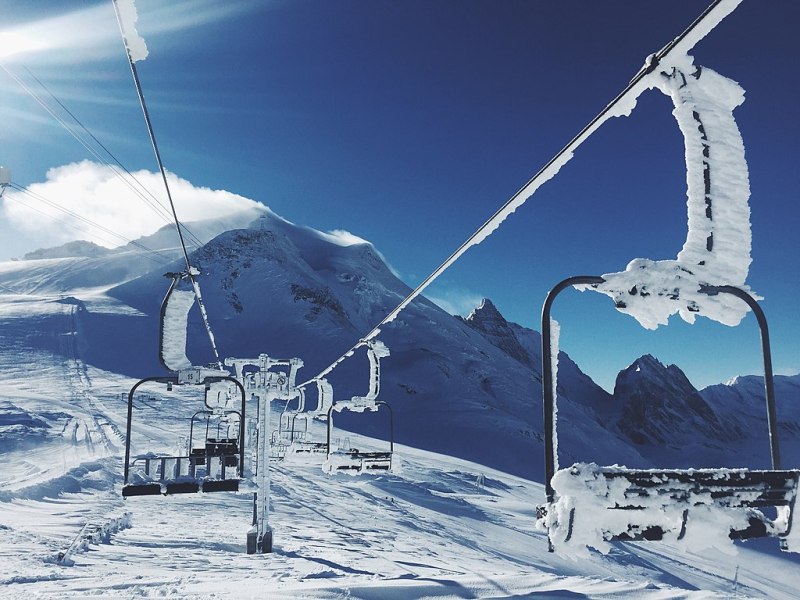
Val d’ Isere and Tignes, France
In the Tarentaise Valley, a network of lifts and ski slopes linking the hamlets of Val d’Isere and Tignes has forged one of the largest ski areas in the French Alps. Once known as L’Espace Killy, a nod to renowned ski racer and Olympian Jean Claude Killy, who grew up in Val d’Isere, the combined ski areas offer more than 185 miles of runs. The majority of the region’s slopes are situated above 7,200 feet. For seasoned skiers craving a rush, the vertiginous piste known as La Face de Bellevarde is another vestige of the region’s Olympic heritage.
Constructed for the men’s downhill course for the 1992 Winter Olympics, the aptly named run features a vertical descent of more than 3,145 feet. Beyond the slopes, the alpine region also has a rich history. At the edge of Vanoise National Park, the historic village of Val d’Isere is also one of the region’s architectural wonders, studded with classic chalets crafted from wood and stone, along with a bell tower dating to 1664, and a church constructed in the 11th century.
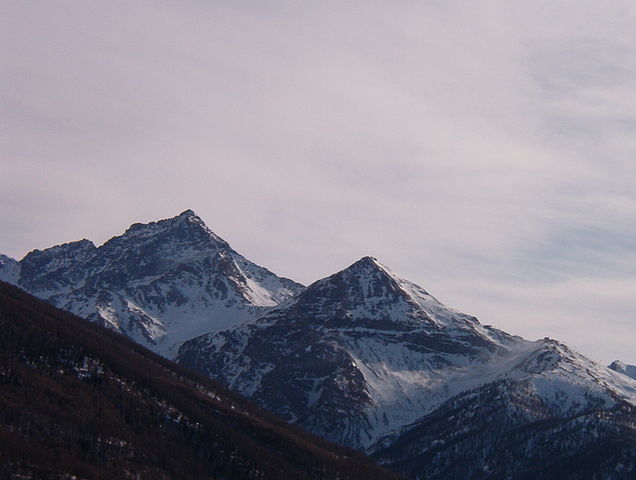
Via Lattea, Italy and France
Spread along the border between Italy and France, the Via Lattea (or Milky Way) is an expansive alpine playground, renowned as a host of World Cup races for more than a half-century, and put into the spotlight again by the 2006 Winter Olympics in Turin. The interlinked ski area includes the Montegenévre in France, along with six resorts on the Italian side of the border – Sestriere, Sauze d’ Oulx, Sansicario, Cesanana Torinese, Pragelato, and Claviere. Combined, the constellation of resorts provides more than 245 miles of marked trails, topping out at 9,261 feet on Mount Motta. The ski area also has an extensive alpine history – Sestriere was built nearly a century ago, in the early 1930s, by Fiat magnate Giovanni Agnelli as an escape for his employees in Turin.
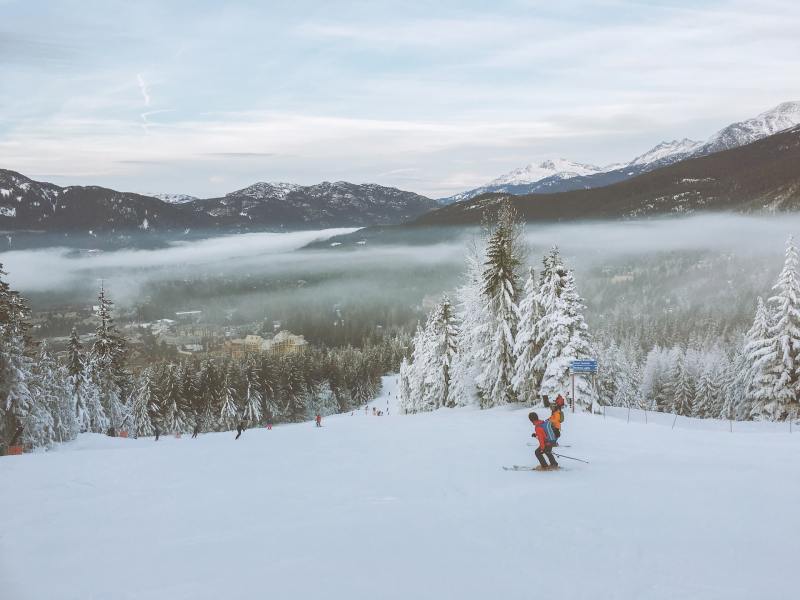
Whistler Blackcomb, Canada
Nestled into the Coast Mountains in British Columbia, just 25 miles from the Pacific Ocean, Whistler Blackcomb is the largest ski area in North America. Spread over two conjoining mountains connected by the Peak 2 Peak Gondola, Whistler Blackcomb serves up more than 8,170 skiable acres accessible courtesy of 200 marked ski runs. There is also plenty of technical terrain, including 16 alpine bowls and three glaciers, with elevation topping out at 7,494 feet, on the crest of Blackcomb Mountain. For experienced skiers, Whistler Blackcomb also provides access to the pristine backcountry touring areas in Garibaldi Provincial Park. While the original Whistler resort opened in 1966, as part of a failed effort to secure the 1968 Winter Olympics, the ski area eventually ended up hosting the Games in 2010, after merging with Blackcomb in 1997.

Matterhorn Ski Paradise, Switzerland
Stretching out in the shadow of the 14,692-foot Matterhorn, one of the highest peaks in the Alps, the eponymous Matterhorn Ski Paradise conjoins Zermatt in Switzerland with Breuil-Cerevinia in Italy’s Aosta Valley, to create an expansive alpine experience. The loftiest ski area in the Alps, the transboundary Matterhorn Ski Paradise, offers more than 200 miles of marked pistes, overshadowed by a hodgepodge of high peaks, including 15,203-foot Monte Rosa and the 14,783-foot Weisshorn, along with the unmistakable pyramidal summit of the Matterhorn.
For less-experienced skiers eager for an introduction to powdery, off-piste terrain, Zermatt features more than 20 miles of mapped freeriding trails. After a day on the slopes, the region is also loaded with options for après ski pampering, from fine dining restaurants to homey mountain huts — including Zermatt’s Matterhorn Glacier Paradise Restaurant, the highest eatery on the continent, hovering at 12,740 feet.

Park City, United States
Just 30 miles east of Salt Lake City in Utah’s Wasatch Mountains, Park City started out as a hardscrabble mining town, established in the late 1800s. After a boom and bust history, the town was reborn as a winter sports destination – renowned for hosting a slate of events during the 2002 Winter Olympics. Today, the Park City Mountain Resort is the largest ski area in the United States and it is considered one of the best ski resorts for families. Topping out at 10,026 feet, the mammoth ski area features more than 730 acres of skiable terrain laced with 300 trails, and six different terrain parks. While half of the ski area’s runs are graded for experts, there’s still plenty of acreage for less-experienced skiers, including the High Meadow Park, an area of gently graded slopes designed specifically for beginners.
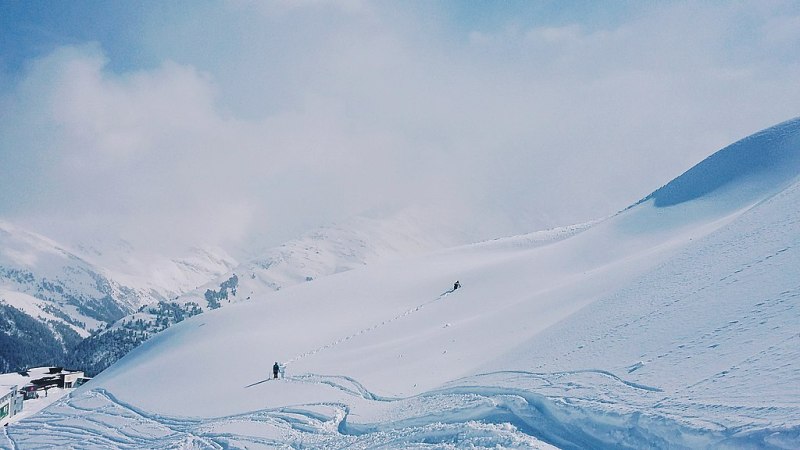
Arlberg Ski Area, Austria
Western Austria’s Arlberg ski region combines three massive resorts to create the country’s largest winter sports mecca. Spread over the Arlberg massif, in the region renowned for recording the country’s most snowfall, the ski area connects the resorts of St.Anton-St.Christoph-Stuben, Lech-Oberrlech-Zurs, and Warth-Shröcken, offering more than 185 miles of marked ski runs – all located in Austria’s most storied ski haven. Winter sports enthusiasts first began hitting the slopes in Arlberg in the late 1800s, after the induction of the Arlberg railway tunnel in 1885.
The region’s first official downhill race was held just a few years later, in 1904. For a historic sampling of the alpine realm, the Weisse Ring provides a quintessential taste of the storied ski area. The half-day circuit is a 14-mile tour of 8,389-foot Omeshorn Mountain, with more than 18,000 feet of ascents and descents, stringing together the hamlets of Lech, Oberlech, Zug, and Zurs.

Other ski resorts we love
We’ve just listed some of the biggest ski resorts in the world, and each one of them is perfect for a winter adventure, but these aren’t the only spectacular ski resorts out there, and some of them are even closer to home and perfect for a shorter getaway when you don’t have the time to fly to Europe. Here are some ski resorts that aren’t necessarily the biggest, but pack enough punch for you to consider checking out the next time you hit the slopes.
- Sugarloaf – located in Maine, this is the second-largest ski resort on the East Coast. One unique offering is Burnt Mountain Cat Skiing, where skiers and snowboarders are taken to areas of the mountain on a specially designed tracked vehicle to allow access to pristine runs that other skiers can’t access.
- Breckenridge – Colorado’s Breckenridge has 187 trails over 2,900 skiable acres spread over five peaks, providing a challenge for skiers of all abilities. Among its 35 lifts is the Imperial Express Superchair, which at 12,840 feet, is the highest chairlift in North America. In the just under three-minute ride, skiers will enjoy spectacular views of the resort, the town of Breckenridge, and the mountains beyond.


